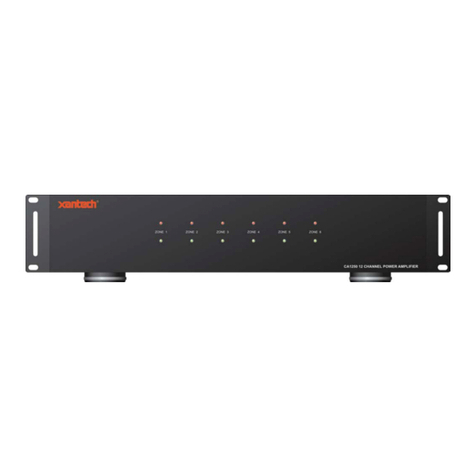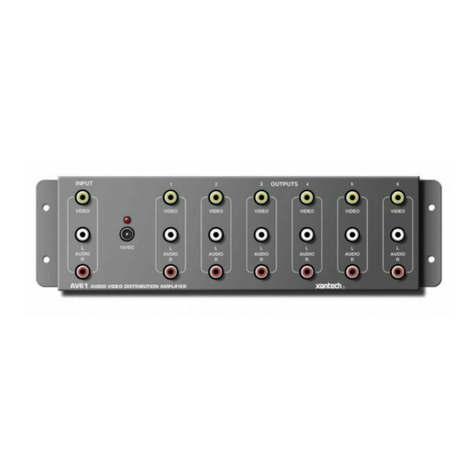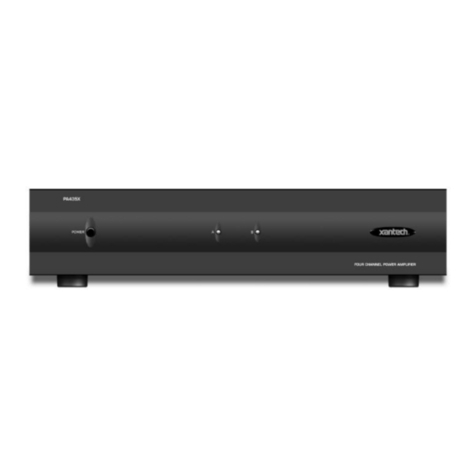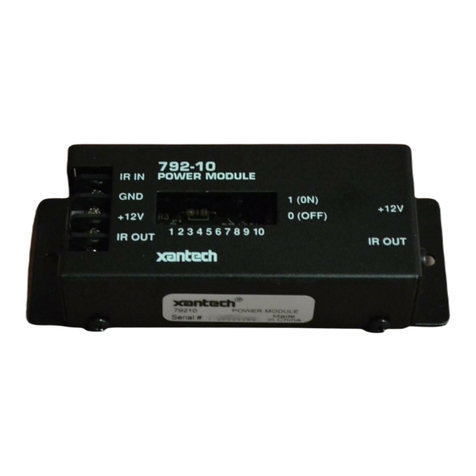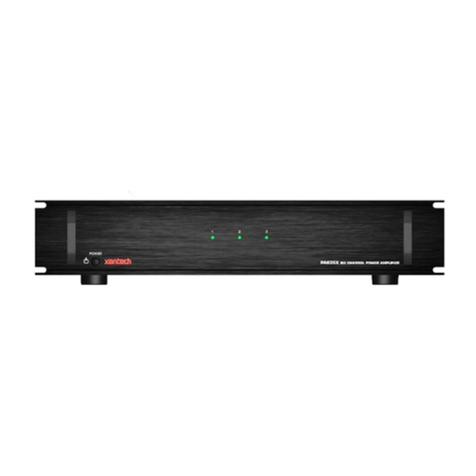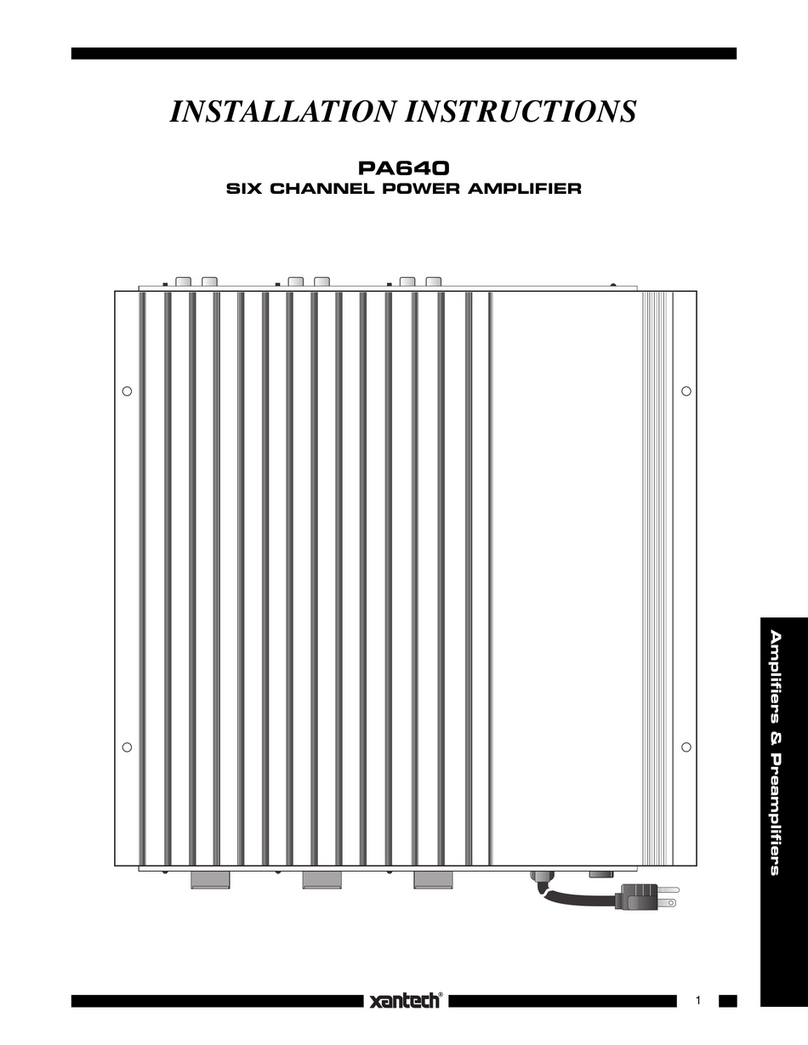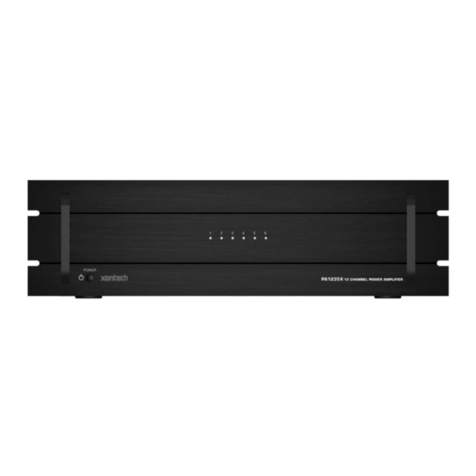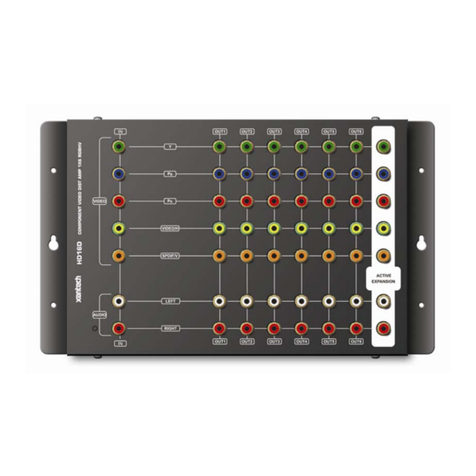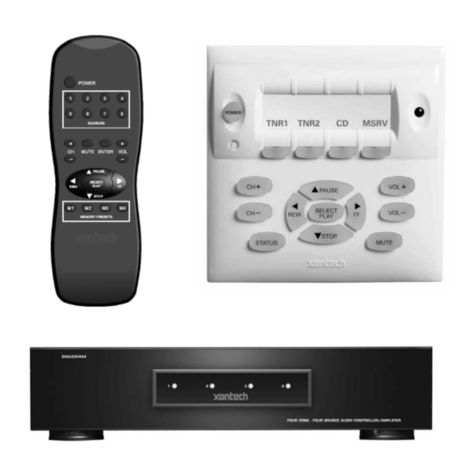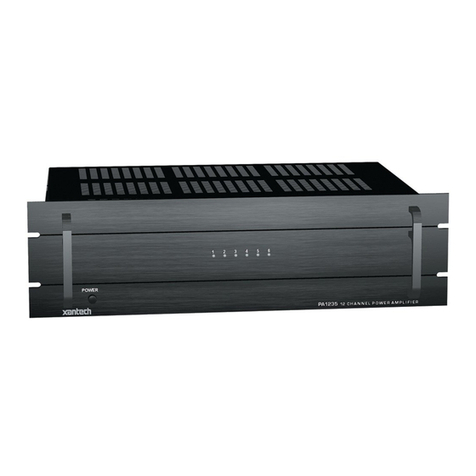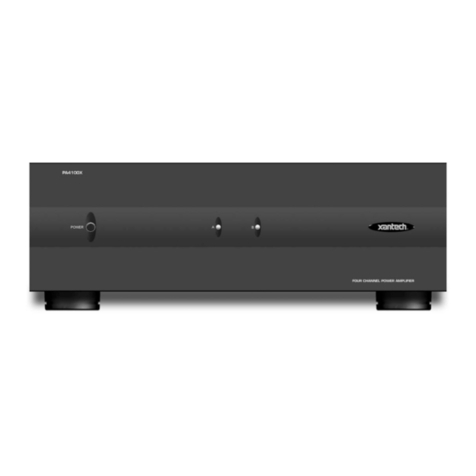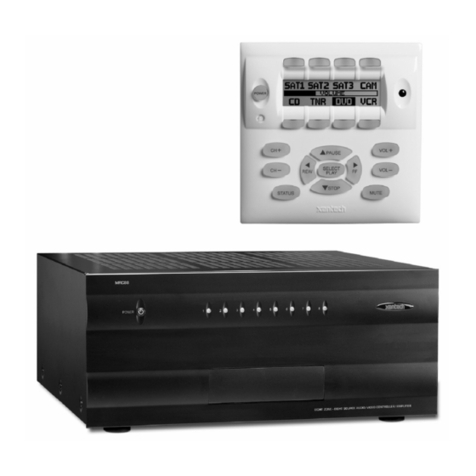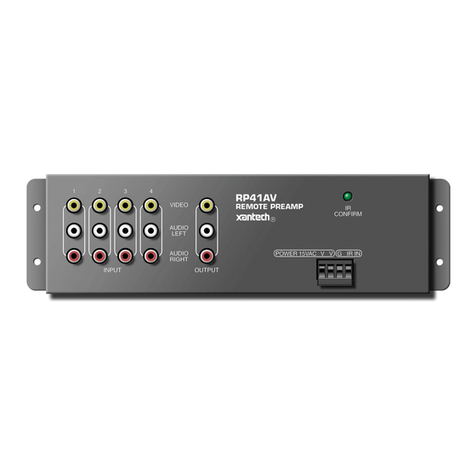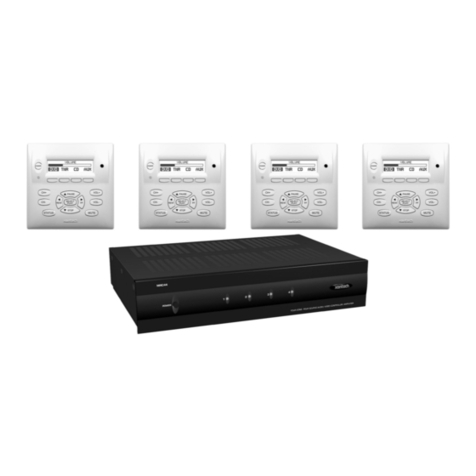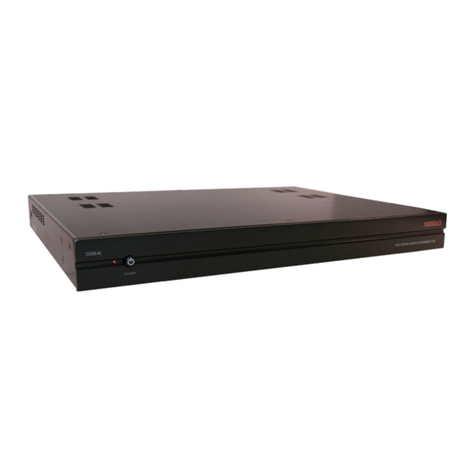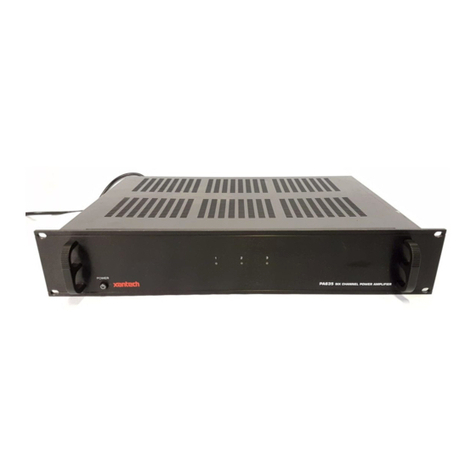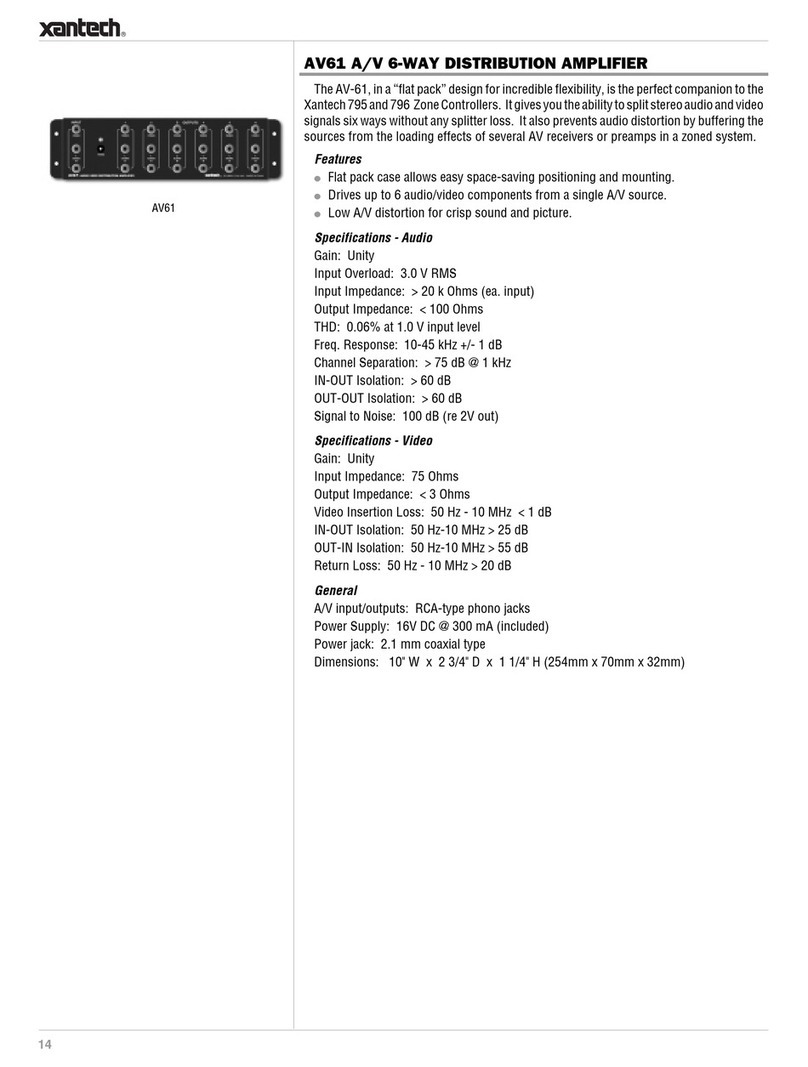
ApplicationAdvisory
*DATE*
Page 5 of 8
is the logical-OR of the IR MUTE command and the QUIET (Q) serial port command. If
either is set, then the MUTE field is equal to 1 (one). If neither is set, then the MUTE field
is equal to 0 (zero). The VOLUME MAX field indicates the maximum volume preset
level.
COMMANDS
To send a command to the ZPR68-10, use an !(exclamation-point) instead of a ?
(question-mark). Try this example- To select source input 2 by zone 4, type !04I2+
(exclamation-point, zero, four, capital-eye, two, plus). The ZPR68-10 will return and the
monitor will display +.
Once an input is selected, it can be changed by repeating the Icommand sequence
using a different number for the source input. The audio and the status can be shut-off
by using the Ccommand. For example, to shut-off the audio and the status of zone 4
type !04CN+. To turn them back on, you must reselect the input by typing !04I2+. You
cannot use !04CY+. It doesn't do anything. The video is not affected by the Ccommand.
To set the volume of zone 4 to the maximum level, type !04V40+. The number following
the V corresponds to the attenuation values shown in the table above.
To increment the volume of zone 5 one 2dB step, type !05LU+. To decrement the
volume of zone 5 one 2dB step, type !05LD+.
There are two ways to mute the audio without affecting the video. First, the volume can
be set to zero by sending !04V00+. To return to the previous volume level, type the
original volume level command, !04V40+, again.
The second way is to use the Q(quiet) command. Type !04QY+ to quiet the zone and
!04QN+ to restore the audio. Note that the Qcommand is not the same function as the
Mor mute. The Qcan only be used as a command with an !and cannot be used as a
query with a ?. The Mcan only be used as a query with a ?and cannot be used as a
command with an !. Their is no way to check the status of quiet (Q). There is no way to
control the status of mute (M) via the digital interface. It can only be controlled via the
infrared input by a hand-held remote or a keypad.
To set the treble of zone 4 to flat response, type !04T06+. The number following the T
corresponds to the amplification/attenuation values shown in the table above. To set the
bass of zone 4 to flat response, type !04B06+.
GLOBAL COMMANDS
You can send global commands to control all zones at the same time. The only change
from the previous examples is the use of 00 as the zone number. !00CN+ will shut off all
zones. !00QY+ will quiet all zones and !00QN+ will restore all zones.
